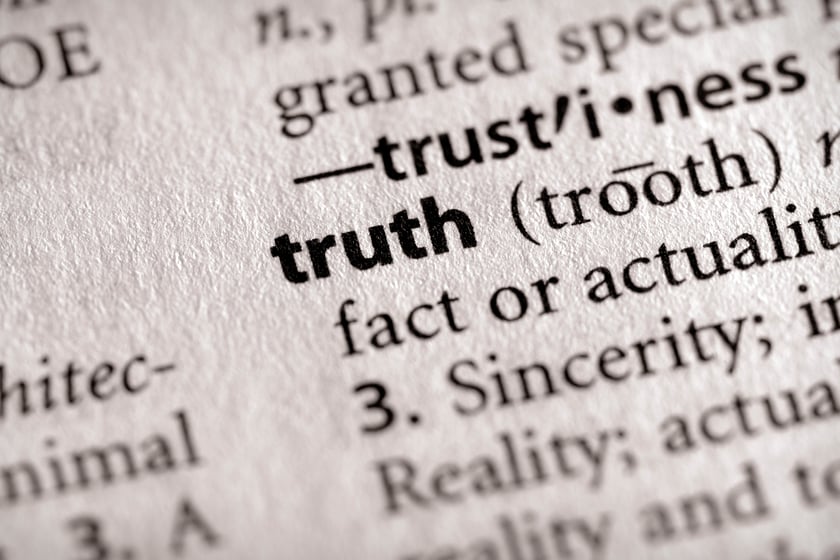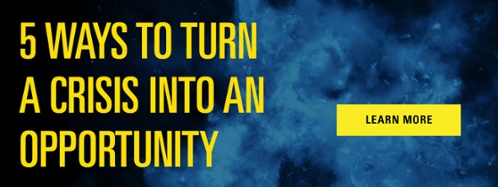
Contrary to the cliché, you should always let facts get in the way of your good story.
Companies, and startups in particular, are engaging more in real storytelling to support their products and services. Content marketing and direct communication to company customers and shareholders are letting brands themselves directly get messages and stories across, without needing the third-party validation of media.
But, without the fact-checking of media, stories run the risk of tilting toward mythology, with embellishment replacing authenticity, fiction masquerading as fact.
Truth is, there is power in truth. As tempting as it might be to ignore positive, but nonetheless incorrect, mythology relating to your company, in the end, it serves no one to be dishonest about any fact around your business.
Believe it or not, a lot of what we think we know about history isn’t really true. George Washington didn’t chop down a cherry tree and say he couldn’t lie about it. Humphrey Bogart never said, “Play it again, Sam” in Casablanca. Thomas Edison didn’t invent the light bulb.
The same is true about business, and particularly true in the technology sector. Take Apple. You know those stories about Steve Jobs and Steve Wozniak starting the company in Jobs’ garage in Los Altos, Calif.? Didn’t happen, according to no less a source than Wozniak himself. “There were hardly ever more than two people in the garage,” he told Bloomberg in 2014. “Mostly they were sitting around kind of doing nothing productive.”
And yet Jobs’ garage is so much a part of the mythology, the building was designated a historic site by the City of Los Altos.
And then there’s eBay, which, according to popular legend, was started by Pierre Omidyar after his girlfriend lamented she couldn’t find an easy way to collect Pez dispensers. Not true. Actually, Omidyar wanted to find an efficient marketplace to buy and sell goods, and started not by finding Pez dispensers to buy but rather broken laser pointers to sell as his proof point.
The stories are all great, and, in truth, most corporate myths seem harmless on the surface. What’s wrong, after all, with a little white lie?
A lot. A lie is a lie, no matter what the color, and when you perpetuate something that isn’t true, you break the bond your brand has with its customers or shareholders. Scott Thompson is a fantastic executive, and would have likely have been a great CEO at Yahoo, but he was forced to step down from that role in 2012 because he lied about getting a degree in computer science. It wasn’t as if Thompson didn’t graduate college – he had an accounting degree – but he felt he needed to boost his credibility with the tech crowd. Yet, that bit of dishonesty was enough to shake the trust the Yahoo board had placed in him.
You will never go wrong being honest. Yes, being honest is hard, and sometimes it’s inconvenient. But you can never tell a better story than the truth. In fact, any message you create – about the idea that sparked your company, the experiences of your executive team and your customers’ experiences – needs to be rooted in honesty and authenticity.
In fact, busting a myth or two publicly can give you some positive attention. For years, there was a myth that using spray oil WD-40 on lures helps catch bigger fish because a major part of the product’s secret ingredient is fish oil. Not only is that myth not true, it’s dangerous, since it involves dumping petroleum distillates into rivers and streams. So WD-40, on its website, debunks that myth (as well as others, like the oil cures arthritis). The result? WD-40 positions itself as a company that values the truth (and the environment).
After all, if you can tell the truth in a fish story, you’ve earned a reputation for honesty.





Let’s Connect
Ready to build, grow, manage and protect your brand? Complete the form below to discuss how we can help.